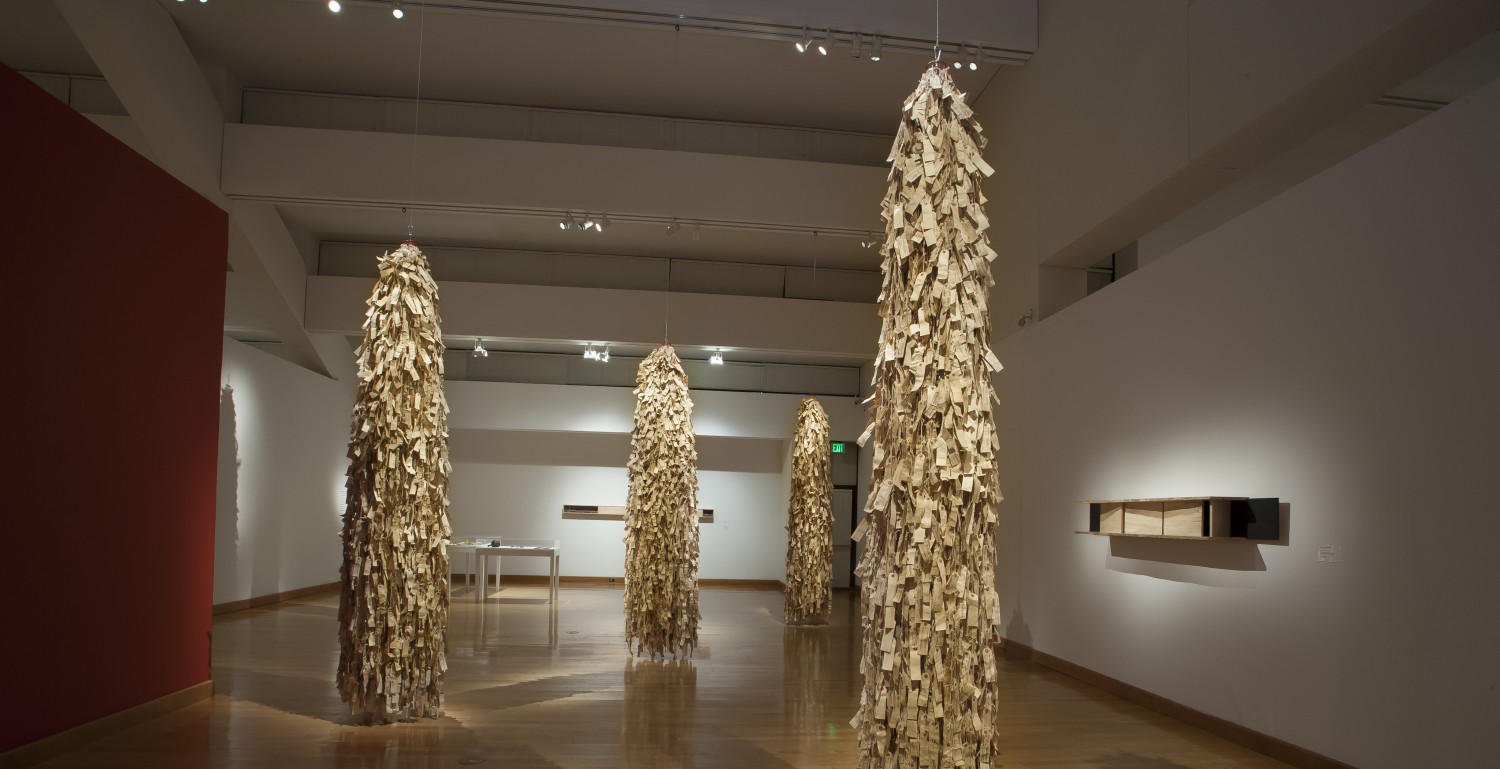San Francisco artist and arts advocate Ruth Asawa died Monday night. She was 87.
Asawa was known for her wire sculpture and public commissions, as well as her activism in education and arts. She was known as the “fountain lady” because so many of her fountains are on public view.
“Ruth Asawa was a well-known and respected artist recognized all over the world for her innovative artwork,” Mayor Ed Lee said in a statement. “Her passion for educating San Francisco’s youth and families made her a true champion of the arts for our entire City.”
Asawa’s name was in the headlines recently when a proposed Apple store in downtown San Francisco threatened her “Hyatt Fountain on Union Square,” but the city rejected Apple’s plans and told the company to redo them to make sure the fountain remains.
In addition to the fountain, several of Asawa’s commissioned sculptures for public places endure, including the Japanese American Internment Memorial in San Jose and the Andrea Mermaid Fountain in San Francisco. The de Young Museum, which honored Asawa with a career retrospective in 2006-07, has dedicated the ground floor lobby of its tower to an ongoing display of her work.
“Ruth Asawa will be remembered for the extraordinary wire sculptures that so beautifully interweave nature and culture,” said Timothy Burgard, curator of American art at the Fine Arts Museums of San Francisco. He characterized her “as a pioneering post-WWII modernist whose works have transcended the multiple barriers she faced as an Asian-American woman artist working with traditional ‘craft’ materials and techniques. She lived to see all of these confining categories challenged and redefined.”
Asawa was born on Jan. 24, 1926 in Norwalk (Los Angeles County), the fourth among seven children of immigrant truck farmers whom state law prohibited from owning land or applying for citizenship.
During childhood Asawa did farm work with her family and attended both public school and a “Japanese cultural school,” where she learned calligraphy and her parents’ native language. Her teachers appreciated her drawing ability.
When Ruth was 16, she and her family were interned along with 120,000 other people of Japanese ancestry who lived along the West Coast of the United States. For many, the upheaval of losing everything, most importantly their right to freedom and a private, family life, caused irreparable harm. Asawa’s father was separated for six years from the rest of her family, who were housed initially in the Santa Anita racetrack stables and eventually at an internment camp in Rohwer, Ark.
Asawa continued drawing and learned as she could from older internee artists. She completed high school in the camp and won a scholarship to Milwaukee State Teachers College.
After anti-Japanese prejudice blocked her path to mandatory teaching credentials, Asawa instead entered Black Mountain College in North Carolina, an educational experiment that in its brief life span became a hotbed of artistic innovation. It attracted future luminaries such as Buckminster Fuller, John Cage, Franz Kline, Robert Creeley, Charles Olson, Merce Cunningham and Bauhaus exile Josef Albers who, improbably, acted as Asawa’s mentor.
Asawa left Black Mountain after three years, emboldened to devote her life to art. She had met there, and soon married, architect and designer Albert Lanier (1927-2008), with whom she would have six children. You can see her amazing work at this LINK
She served on the San Francisco Arts Commission and on the board of trustees of the Fine Arts Museums of San Francisco. She received honorary doctorates from San Francisco State University, the San Francisco Art Institute and California College of the Arts.
For Ruth, the internment was the first step on a journey to a world of art that profoundly changed who she was and what she thought was possible in life. In 1994, when she was 68 years old, she reflected on the experience:
I hold no hostilities for what happened; I blame no one. Sometimes good comes through adversity. I would not be who I am today had it not been for the Internment, and I like who I am.
